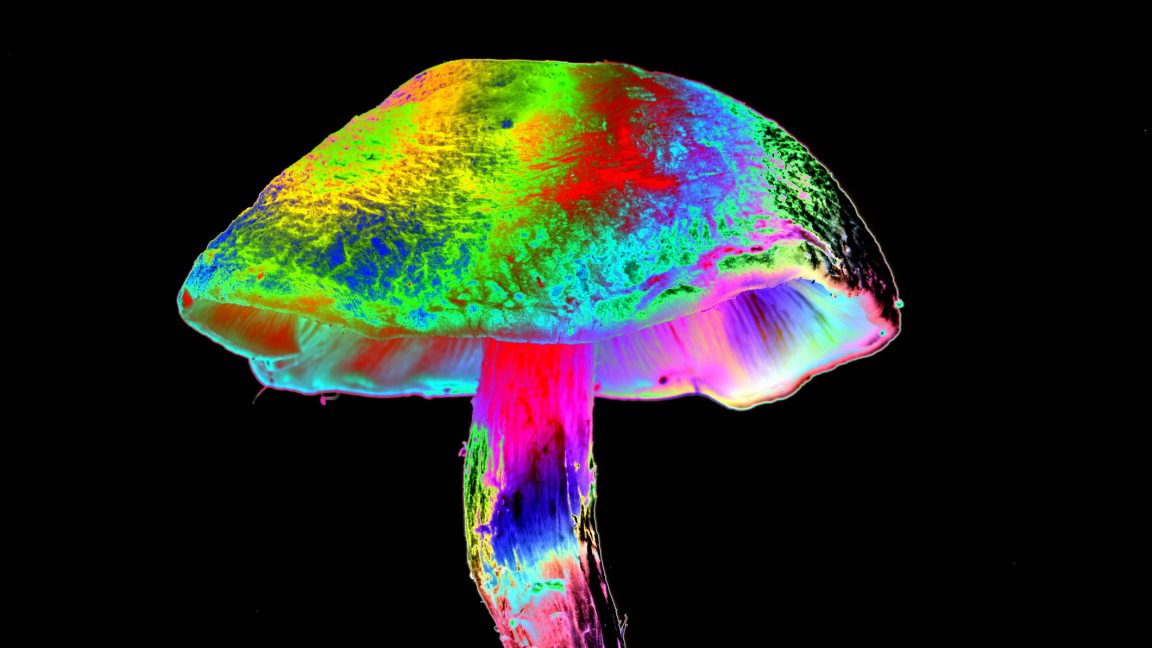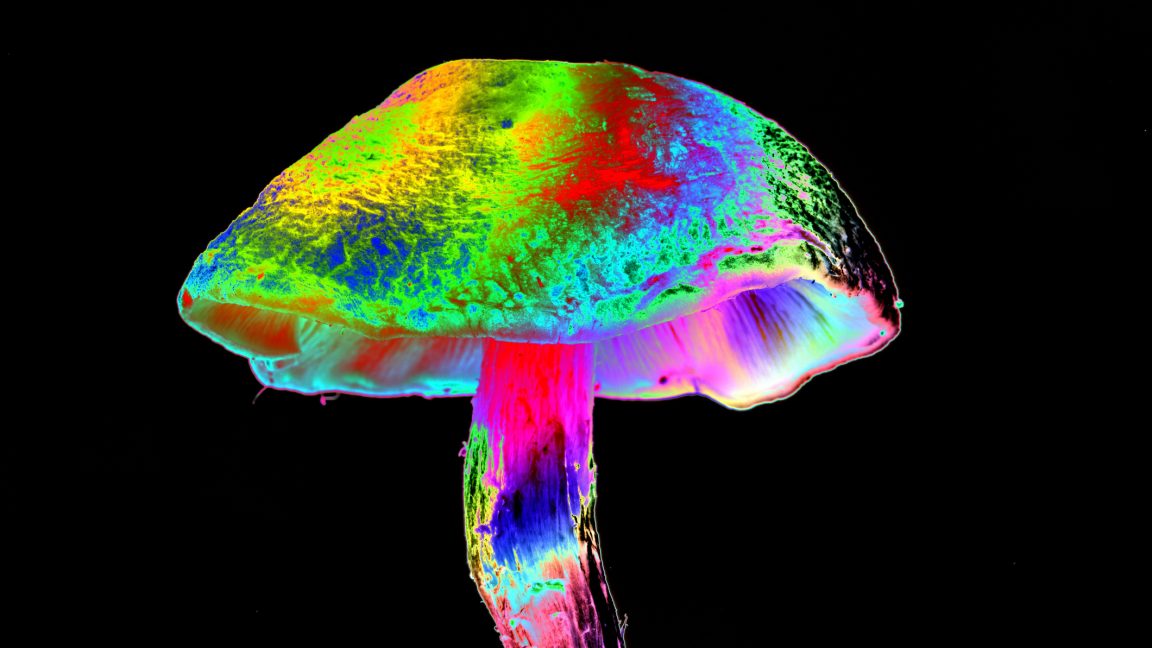
Magic mushrooms have been utilized in cultural rituals and for leisure activities for millennia. Nevertheless, a recent study has revealed that mushrooms have developed the capability to produce the same psychoactive compound independently on two occasions. This finding carries significant implications for our comprehension of these mushrooms’ ecological functions and their therapeutic possibilities.
Magic mushrooms synthesize psilocybin, which is transformed into its active variant, psilocin, by your body upon ingestion. Psilocybin gained traction in the 1960s and was subsequently classified as a Schedule 1 substance in the United States in 1970, and as a Class A substance in 1971 in the United Kingdom, categorizing them as drugs with high abuse potential and no recognized medical applications. This halted research on the therapeutic use of psilocybin for many years.
However, recent clinical research has indicated that psilocybin can alleviate the intensity of depression, suicidal ideation, and persistent anxiety. Given its promise for therapeutic applications, there is a renewed focus on understanding the natural production of psilocybin and methods for sustainable synthesis.
The recent research, spearheaded by pharmaceutical microbiology expert Dirk Hoffmeister from Friedrich Schiller University Jena, uncovered that mushrooms can produce psilocybin through two distinct mechanisms, employing different enzymes. This finding also led to the identification of a novel method for laboratory production of psilocybin.
According to the investigations conducted by Hoffmeister, enzymes from two unrelated species of mushrooms seem to have independently adapted different pathways to synthesize the identical compound.
This phenomenon is referred to as convergent evolution, indicating that unrelated organisms have evolved separate mechanisms to achieve the same characteristic. A notable example is caffeine, where various plants like coffee, tea, cacao, and guaraná have independently developed the ability to generate this stimulant.
This marks the first observation of convergent evolution between two species within the fungal domain. Curiously, the two mushrooms involved exhibit markedly different ecological habits. Inocybe corydalina, commonly referred to as the greenflush fibrecap and the subject of Hoffmeister’s research, thrives in association with the roots of various tree species. Conversely, Psilocybe species, typically known as magic mushrooms, derive nutrients from decomposing organic materials, such as rotting wood, grass, roots, or manure.

